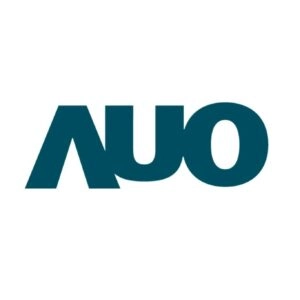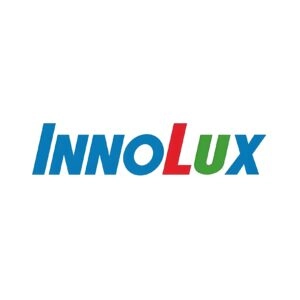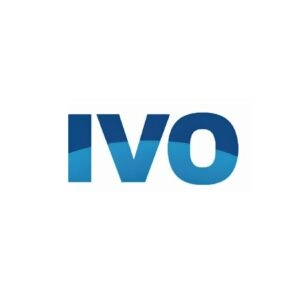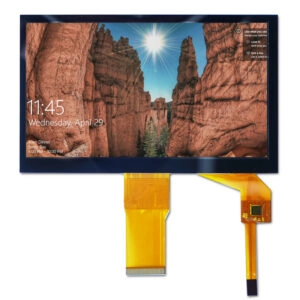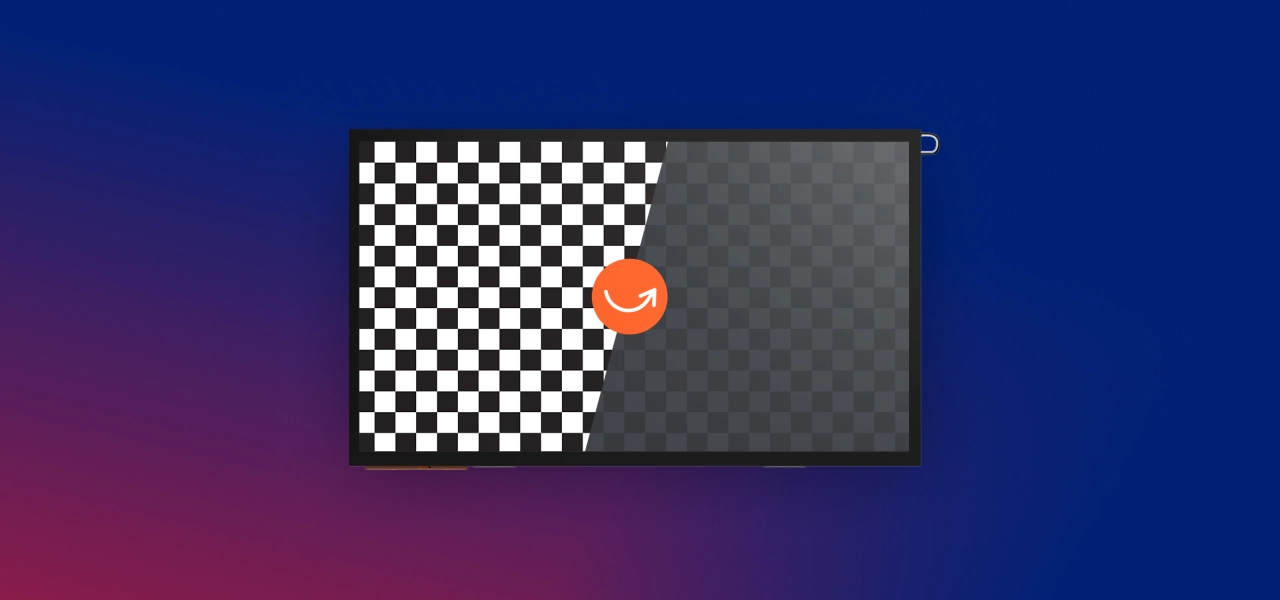In the dynamic world of display technology, where high-quality LCD, TFT, and OLED panels power applications from medical devices to industrial systems, image retention remains a common concern. Often referred to as “ghosting,” this temporary visual artifact can raise questions for businesses relying on premium displays. At Miqidisplay, a global leader in LCD, TFT, OLED, and touch screen solutions, we provide clarity on this phenomenon. This guide explores what image retention is, its causes, prevention strategies, and why it’s not a defect—ensuring your displays, used in over 200 countries, perform reliably. Whether you’re sourcing TFT displays for automotive or OLED panels for access control, understanding image retention is key to maximizing longevity.
Image retention is the faint, temporary afterimage of static content lingering on a screen. Unlike permanent burn-in, it fades within minutes to hours with dynamic content. For example, in an industrial control panel using a TFT screen, static gauges displayed for hours might briefly leave a ghost image when switching to a new interface. This is a natural, reversible trait of modern displays. With our TS-16949, ISO-9001, and ISO-14001 certified facilities and 90% on-time delivery, Miqidisplay ensures panels minimize such effects while delivering unmatched clarity.
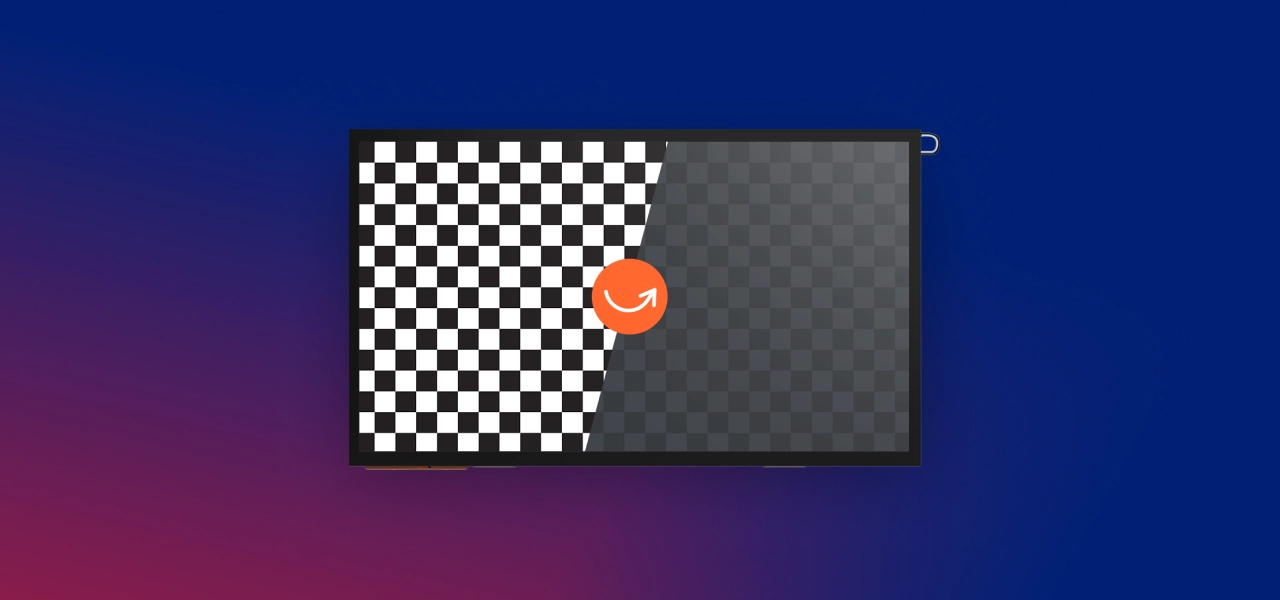
Understanding Image Retention in Displays
What Causes Image Retention?
Image retention arises from the physics of pixel behavior in LCD, TFT, and OLED displays. In LCD and TFT panels, liquid crystals align under electrical charges to control light, creating vibrant images. When static content—like a fixed dashboard in a medical inventory system—persists, these crystals can retain their orientation, delaying transitions to new visuals. In OLED panels, each pixel emits its own light, and prolonged static displays cause temporary “fatigue” in organic diodes. This is not damage but a transient state, reversible with varied content.
Miqidisplay’s 20+ years of R&D ensures our panels, from high-brightness LCDs to automotive-grade OLEDs, incorporate features like pixel shifting to reduce retention risks. Our solutions power seamless operations across the world.
Temporary vs. Permanent Retention
Image retention is temporary and distinct from burn-in, which is permanent. Retention fades naturally, while burn-in results from prolonged static content causing uneven pixel wear, especially in OLEDs. Miqidisplay’s advanced OLED designs use algorithms to prevent escalation, ensuring durability in applications like access control systems.
Types of Image Retention in Modern Displays
Stuck Pixel Retention
This common form occurs when individual pixels or clusters temporarily “stick” in one color or brightness level. It’s prevalent in IPS-based LCD panels, valued for superior color accuracy in medical imaging or design workstations. Miqidisplay’s IPS TFT displays balance vibrancy with retention mitigation.
Motion Ghosting
Often mistaken for retention, motion ghosting involves trails behind fast-moving objects due to slower pixel response times. While not true retention, it shares similar prevention methods. Our high-refresh-rate TFT panels reduce this effect in dynamic industrial interfaces.
OLED-Specific Retention Risks
In OLED displays, retention can mimic early burn-in if static elements persist. Miqidisplay’s automotive OLEDs use pixel distribution techniques, ensuring longevity in dashboards or kiosks.

Which Displays Are Most Prone to Image Retention?
LCD and TFT Panels
IPS-based LCD and TFT displays, integral to Miqidisplay’s portfolio, are more susceptible due to their complex crystal structures, ideal for high-color applications like industrial HMIs. Twisted Nematic (TN) panels, used in budget embedded systems, show less retention but compromise on viewing angles.
OLED Displays
OLEDs, prized for high contrast in automotive and consumer electronics, face retention risks from static logos. Miqidisplay’s OLED modules include auto-dimming and screen savers, transforming potential weaknesses into strengths for global markets.
Application-Specific Vulnerabilities
Industries like medical spare parts (US) or industrial controls (UK) using static interfaces are more affected. Our tailored solutions, backed by global delivery, minimize downtime.
Effective Strategies to Prevent Image Retention
Minimize Static Content Exposure
Static images are the primary culprit. Implement screensavers or auto-off timers after 5-10 minutes of inactivity. Miqidisplay’s TFT panels support dynamic UI scripting for industrial applications.
Cycle Display Themes
Regularly refresh backgrounds or layouts to distribute pixel workload. Our touch-enabled LCDs simplify theme switching in kiosks or medical devices.
Optimize Screen Brightness
High brightness accelerates pixel strain. Set displays to 50-70% in well-lit settings. Miqidisplay’s high-brightness LCDs auto-adjust for efficiency.
Leverage Dark Modes
Dark modes reduce pixel stress, especially in OLEDs, and save energy in portable devices. Our panels integrate seamlessly with modern OS dark themes.
Use Dynamic Visuals
Videos, animations, or scrolling tickers reset pixels. In access control systems, live feeds prevent retention, and our transparent OLEDs excel in such setups.
Is Image Retention a Display Defect?
Image retention is not a defect but an inherent trait of LCD, TFT, and OLED technologies, like thermal expansion in metals. It’s expected under static conditions and reversible without intervention. Miqidisplay’s 24/7 support and rigorous quality checks (RoHS/CE compliant) help clients distinguish routine retention from rare faults, fostering trust across 200+ regions.
Image Retention Summary Table
| Phenomenon | Definition | Cause |
|---|---|---|
| Image Retention | Temporary persistence of previous image content on screen. | Residual electrical charge or heat in pixels (common in LCD/TFT). |
| Burn-in (Permanent Retention) | Long-term, irreversible discoloration or ghosting. | Repeated static elements causing uneven pixel wear (esp. in OLED). |
| Stuck Pixel Retention | Pixels “stuck” displaying one color or brightness level. | Faulty subpixel response or failure to refresh state. |
| Ghosting | Trail or blur following moving objects on screen. | Slow response time or poor refresh rate. |
Conclusion: Optimize Your Displays with Miqidisplay
Image retention is a manageable aspect of modern displays, and Miqidisplay’s certified LCD, TFT, and OLED solutions are designed to minimize its impact. From medical diagnostics to industrial controls and access systems, our panels ensure clarity and reliability. Adopt our prevention strategies to keep your displays performing at their peak.
FAQ: Common Questions About Image Retention
What is image retention in displays?
Image retention is a temporary “ghost” image left on LCD, TFT, or OLED screens after static content, fading with dynamic use, unlike permanent burn-in.
Does image retention affect all Miqidisplay panels equally?
No—IPS LCD/TFT panels are more prone, while our OLEDs include protections. Custom configurations reduce risks for specific applications.
How can businesses prevent image retention in industrial settings?
Use screensavers, dynamic UIs, and brightness controls. Miqidisplay’s TFT panels support these features natively.
Is image retention covered under Miqidisplay’s warranty?
As a natural phenomenon, temporary retention isn’t warrantied, but our ISO-certified quality minimizes occurrences. Contact us for diagnostics.
Can Miqidisplay customize displays to reduce image retention?
Yes—our 20+ years of R&D offer tailored hardware/software solutions, like pixel-shifting, for medical or automotive needs.
What industries benefit most from Miqidisplay’s retention management?
Medical spare parts, industrial controls, and access systems gain reliability with our solutions.
Transform Your Operations with Miqidisplay Solutions
Elevate your business with Miqidisplay’s premium LCD, TFT, OLED, and touch screen solutions, trusted in 200+ countries with 90% on-time delivery. Our TS-16949, ISO-9001, and ISO-14001 certifications ensure quality, while customized support powers medical, industrial, and access control applications.
Ready to eliminate image retention concerns and boost performance?
Contact our sales team for tailored solutions: Email Us.
Or connect instantly with our live agents: Live Chat.
Partner with Miqidisplay today for displays that deliver clarity and reliability!
